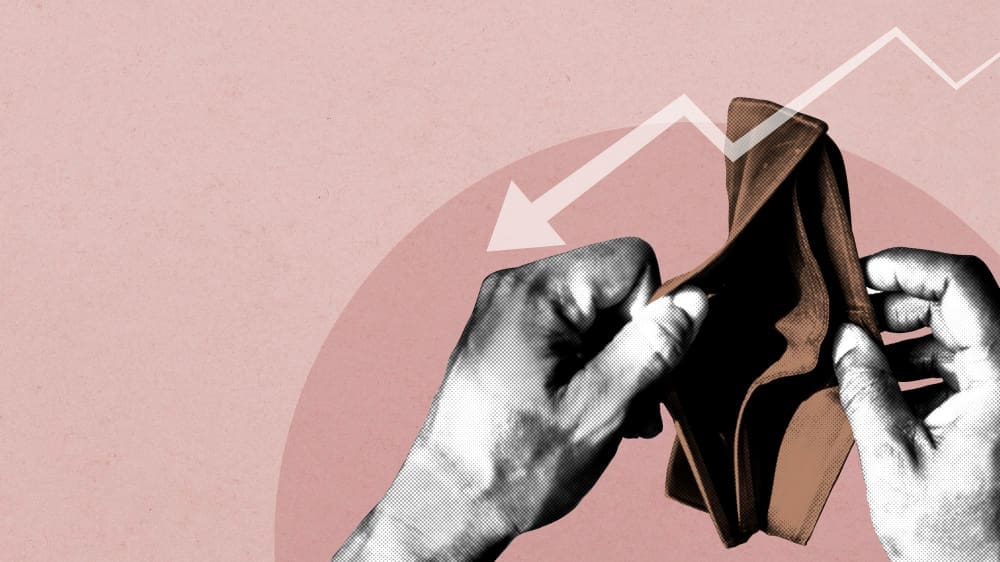Economists anticipate an increase in inflation as new figures are set to reveal the impact of President Donald Trump’s recent tariffs on consumer prices. The Labor Department’s consumer price index for May is expected to show a 2.5 percent rise in overall inflation from the previous year, a slight uptick from April’s 2.3 percent increase. The anticipated rise in core inflation, excluding food and energy, is also projected at 2.9 percent, suggesting a gradual climb in costs.
The introduction of tariffs by President Trump, particularly those imposed in mid-April, is a significant escalation in protectionist policies. Although the full effects are yet to be fully realized, preliminary data suggests that these tariffs may be beginning to influence consumer prices. Analysts have observed that some importers hurried shipments prior to the tariff deadlines, likely contributing to initial price hikes.
Household furnishings have already shown price increases, yet the primary drivers for the inflation rise last month were elevated housing and natural gas prices. Economists predict that if current monthly inflation trends persist, annual rates could approach 4 percent by the year’s end.
In the automotive sector, tariffs are expected to substantially increase vehicle costs, with the administration imposing a 25 percent tariff on imported autos. While efforts have been made to mitigate these effects by preventing tariffs from accumulating on additional duties for materials like steel and aluminum, vehicle component costs are still anticipated to rise.
A stronger-than-expected inflation report could heighten concerns about accelerating price growth. The Federal Reserve is likely to maintain interest rates at upcoming meetings, cautioning that the economy faces dual risks of persistent inflation and rising unemployment. The intersection of tariffs with consumer prices poses challenges, complicating the economic landscape. While intended to protect domestic industries, tariffs often lead to higher consumer prices, prompting the Fed to assess whether inflationary pressures are temporary or indicative of overheating.
The broader economic outlook remains uncertain, with the GDP facing a minor decrease in the first quarter, partly due to an import surge ahead of tariff hikes. Despite a robust labor market, which added 139,000 jobs last month, and wages increasing at a rate surpassing inflation, consumer spending has decelerated, hinting at growing caution among consumers.
Federal Reserve officials are closely monitoring these developments, as the administration’s trade policies may potentially influence both inflation and unemployment rates in the coming months.








